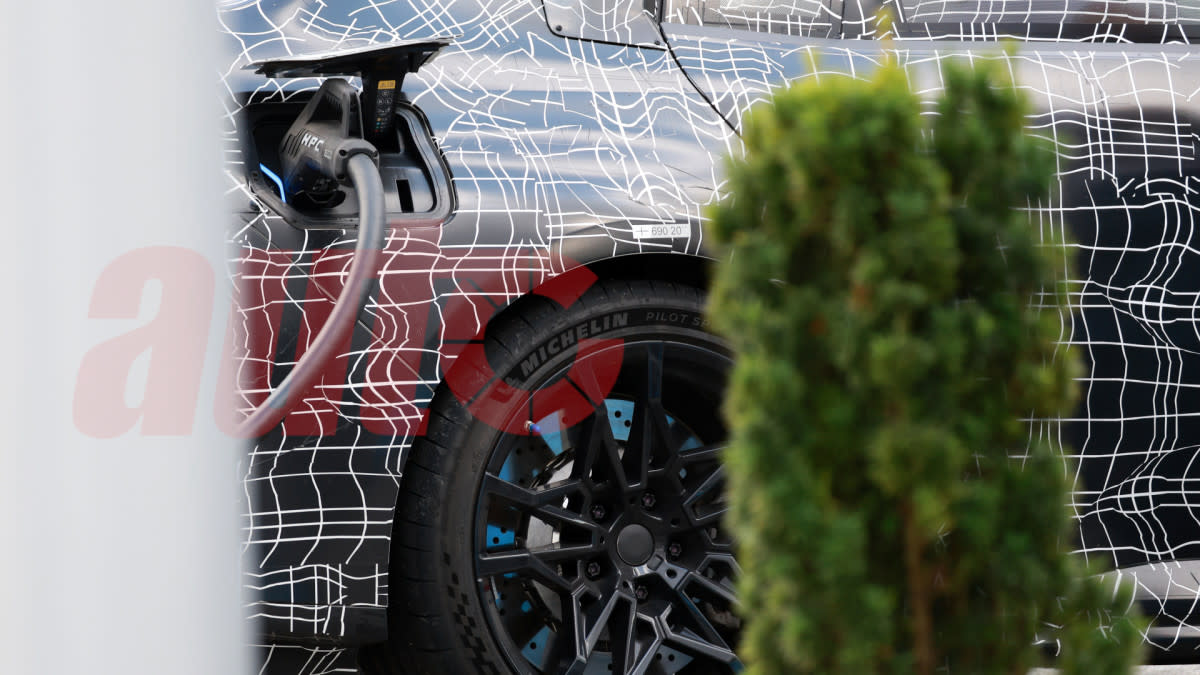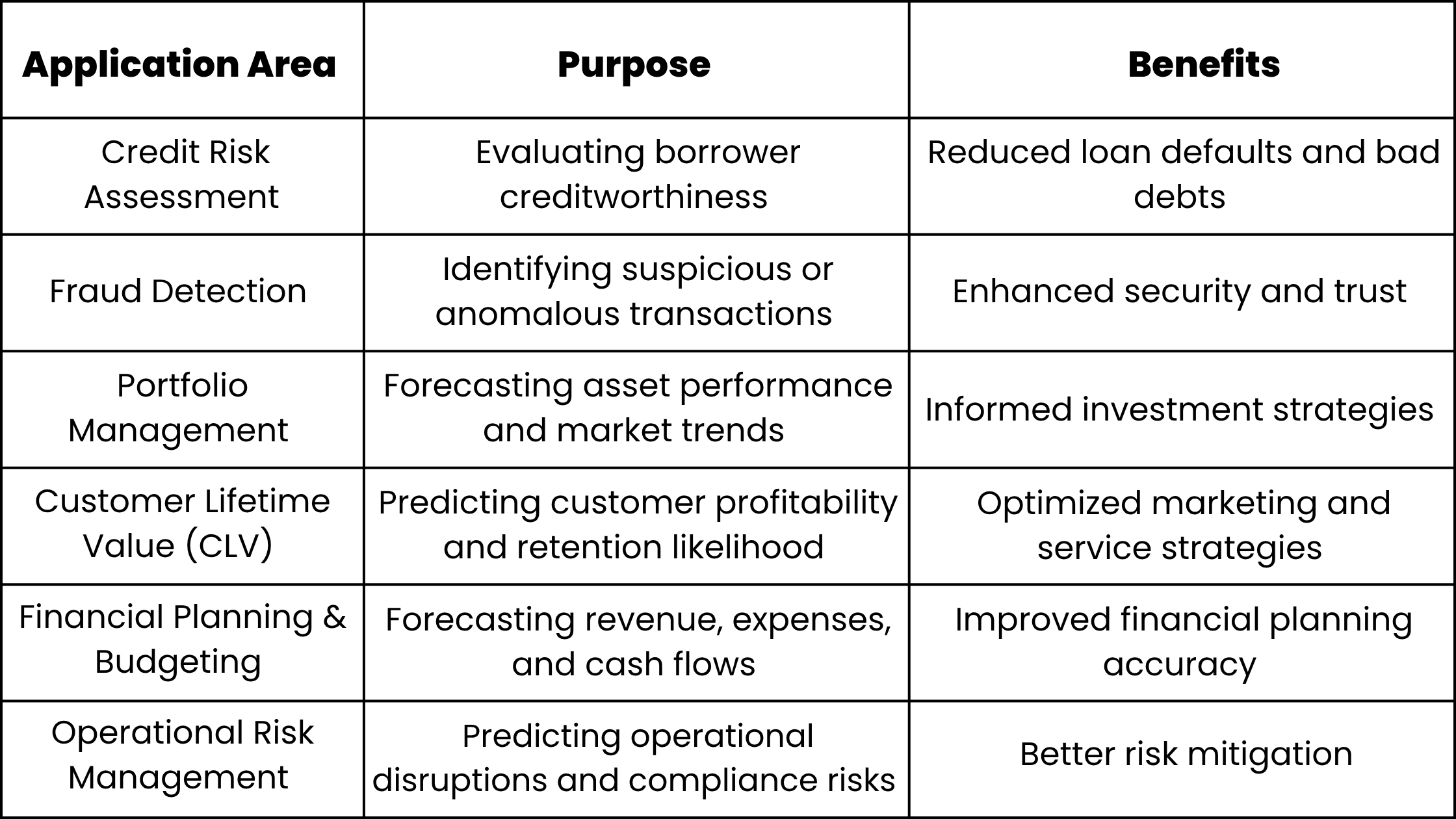Massive Underground Blobs May Tell Us Where the Next Mass Extinction Could Start
"Hearst Magazines and Yahoo may earn commission or revenue on some items through these links."
Here’s what you’ll learn when you read this story:
Volcanoes are responsible for some of the greatest bouts of biological devastation in Earth’s history.
A new study aims to determine whether giant volcanic eruptions are related to BLOBS—mobile basal structures related to well-known large low-shear-velocity provinces (LLSVPs).
Comparing seismic tomography data with their models, the researchers found evidence of slow-moving blobs that shift at about one centimeter per year.
The story of life on Earth is also a story about volcanoes—that is, extinction-level volcanic events capable of nearly wiping the planet’s biological slate clean. The Permian-Triassic extinction, for instance—which took place some 252 million years ago—can be attributed to an abnormally volcanic region known as the Siberian Traps, and volcanic eruptions also sped along the end of the dinosaurs 66 million years ago (though a ten-kilometer-wide asteroid deserves most of the credit for that one).
So, it makes sense that understanding the deep-Earth origins of these events could help scientists reconstruct Earth’s geologic history while also improving our ability to predict where massive volcanic eruptions could occur next. In an attempt to get a better picture of what’s happening under our feet, a group of scientists—led by researchers at the University of Wollongong (UOW) in Australia—have reconstructed one billion years of mantle convection and 300 million years of plume conduits to determine the origin of Earth’s most intense volcanic events. One of the big questions was: Do big lower-mantle basal structures, known as BLOBS, move or stay fixed in one place?
After comparing data from three datasets to their models, they found that BLOBs do likely move, albeit very slowly—roughly one centimeter per year. The results were published last week in the journal Communications Earth & Environment.
“Researching the relationships between volcanic eruptions at the surface with such large-scale dynamic processes occurring 2500 km below our feet puts into perspective how interconnected our planet really is,” Annalise Cucchiaro, UOW Ph.D. candidate and the lead author of the study, said in a press statement. “This work highlights the importance of mantle plumes in acting as ‘magma highways’ to the surface, creating these giant eruptions. It also shows that these plumes move along with their source, the BLOBS.”
Located 2,000 to 3,000 kilometers under Africa and the Pacific Ocean, the depth at which BLOBS move creates lollipop-shaped mantle plumes—the “stick” forms the plume’s tail and the “candy” forms the plume’s head near the surface. The researchers found that eruptions usually take place above or near these blobs, suggesting that mantle plumes also tilt as they rise up toward the lithosphere.
A centimeter per year may not seem like much, but over Earth’s geologic history, those centimeters add up to significant changes to the planet’s geologic story. Although evidence is strong that BLOBS are dynamic objects, the authors note in an article published in The Conversation that one of the four models also supported the fixed BLOBS theory, so that idea can’t be entirely ruled out. But with a greater understanding of how BLOBS move, the scientists are now eager to analyze their chemical composition by tracking their evolution over time.
“This research cracks open one of the questions that has long plagued scientists – are the BLOBS stationary or mobile and how do they relate to giant volcanic explosions,” Nicolas Flament, a co-author of the study from UOW, said in a press statement. “So it is a thrill to finally begin to unravel these mysteries.”
You Might Also Like
The Do’s and Don’ts of Using Painter’s Tape
The Best Portable BBQ Grills for Cooking Anywhere
Can a Smart Watch Prolong Your Life?














